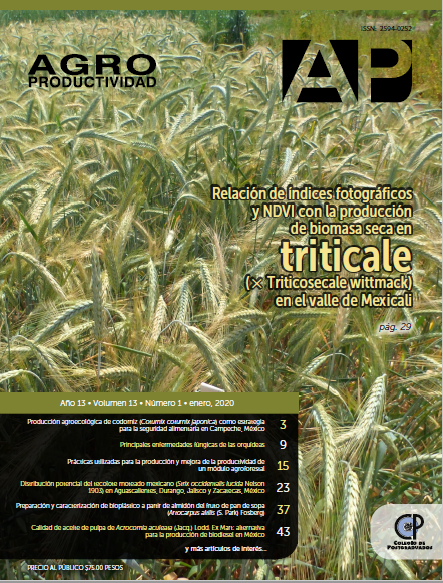Practices used to production and to improve productivity of an agroforestry module
Main Article Content
Keywords
agroforestry, arid, income, water use efficiency
Abstract
Objective: To evaluate the practices to agricultural production and productivity improvement.
Design/methodology/approach: A comparatively analysis of practices performed by land producer in an agroforestry module was carried out. As well as the yield obtained in two-year period, both from the economic income point of view and diversification of plant species that were established.
Results: The practices used in the module were: a) conservation (reduced tillage), b) vegetative (crop diversification, associated crops, intercropping and crop rotation) and c) agronomic (bottom fertilization and fertigation). During this study (2015-2018), 16 plant species were established. Yields and income from the sale of surplus production increased over time, which contributed to the food security and economy of the rural family.
Limitations on study/implications: The present work, did not evaluate the biological efficiency of the crop association in the agroforestry module, which could give an additional value to this type of production versus monoculture systems.
Findings/conclusions: The type of practices used in the production of food and fodder in an agroforestry module was documented. The production of crops in small areas, under the agroforestry approach, can represent a sustainable alternative of agricultural production for the arid and semi-arid regions and a mean to improve income and nutrition of the rural family.

